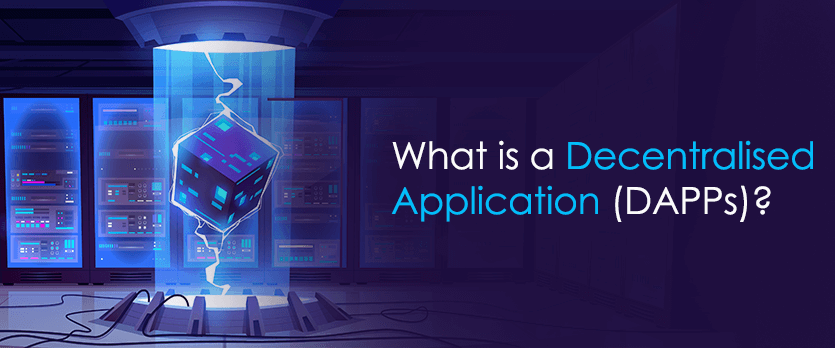The nature of Decentralized application is open to the public. When the development team released a DApp's codebase, anyone who knows how to code can also build the same application. Likewise, the authority is not in the control of a single person. A variety of applications can be created like social media management applications, web browsers, gaming apps and decentralised finance applications. Blockchain technology enables the process of transactions through distributed networks. In many cases, the DApp can be created on the Ethereum Platform. Ethereum blockchain is a distributed ledger technology that helps DApp accumulate in the global chain market. dApps can be accessible to all without a single loophole.
Advantages of Decentralized Application (DA):
Decentralized applications are gaining popularity because of several advantages introduced recently.Let's take a look.
Open to Public
In an open-source application, the user can access the data directly via any central source. In addition, open source applications are free from risks when it comes to transactions. All of the decentralized applications are open source and secure as well. A DApp creates a new path for businesses, as it allows them to keep track of all participants rather than individuals. The code base of DApps can be available for inspection and analysis.
Zero Failure points
The advantage of the decentralised application is that there are no failure points. As long as networks are distributed, no need to rely on a single server. DApp stores data in decentralized mode across all its nodes. No nodes can be dependent on one another. If any node fails, others will be fine. A few popular decentralized database systems are the Interplanetary Film system, BitTorrent and Independent DHTs. You can choose from it.
Consensus Mechanism
A few years back the validity of transactions counted on some type of centralization. Decentralized Applications connected peer-to-peer (P2P) pressure, which implies that the nodes are connected to each other. DApp works on the Consensus Mechanism. The validators of the network are promoted by awarding them in the pattern of cryptographic tokens. In a DApp, a transaction is rendered through a consensus mechanism. When the bulk of the nodes authorize the transaction, it drives on and gets processed
Diversified Structure
Due to the Diversified hierarchy, Decentralized applications consist of a basket of securities to end users. Therefore, cannot launch denial-of-service attacks targeted toward individual Dapps.DApps are practically familiar with other software applications that are supported on a website or mobile but are P2P supported.No single element on the system can block users from accepting transactions, deploying Dapps, or surveying data from the blockchain. The data stocked on the distributed network is immutable and indisputable.
You don't require your real-world character to deploy or interact with a Dapp.
However several DApps are consumed and developed, these are three examples of popular apps – Chain Link, TraceDonate, and Minds.
Conclusion :
Now, all of the doubts about decentralised applications will be cleared up. We have discovered the advantages of using decentralised applications. If you have more questions related to the blockchain, crypto and decentralised applications, don't forget to connect us.




